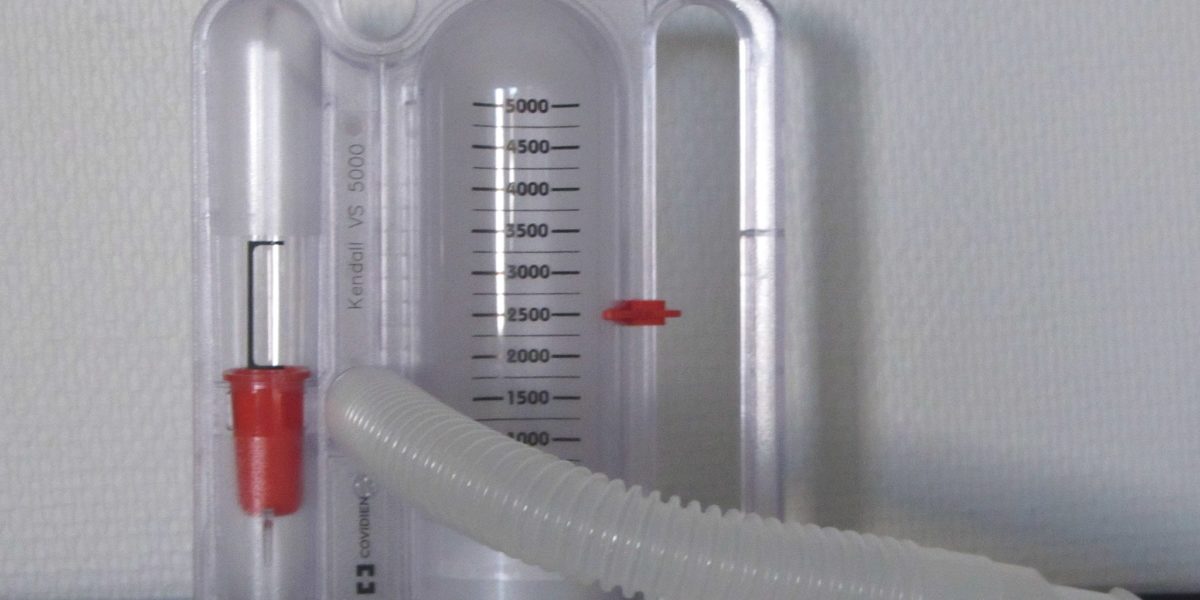One of the leading indicators of good health is adequate lung capacity. Lung capacity, as defined by Bajaj and Delgado is the volume of air in the lungs upon the maximum effort of inspiration. For an average healthy adult, that is about 5.5 liters of air. But how do we measure our lung capacity? A spirometer is the answer. Even though the device has undergone multiple revisions since it was first invented in the 1840s, it has not deviated away from its original purpose of measuring lung capacity.
Continue reading “Why We Need to Re-Evaluate the Racialized History of Spirometry”Author: labreha
arthritis balance bio-inspired design bone brain cartilage climbing extreme conditions feet flying animals growth and development hands healing heart and the cardiovascular system humans impact insects joints jumping land animals lungs and the respiratory system marine animals material science medicine muscle other injury other sports pain plants predation prevention prosthetics recovery and rehabilitation robots running skin spine and back sports injury strength training surgery swimming technology tendons and ligaments treatment walking
